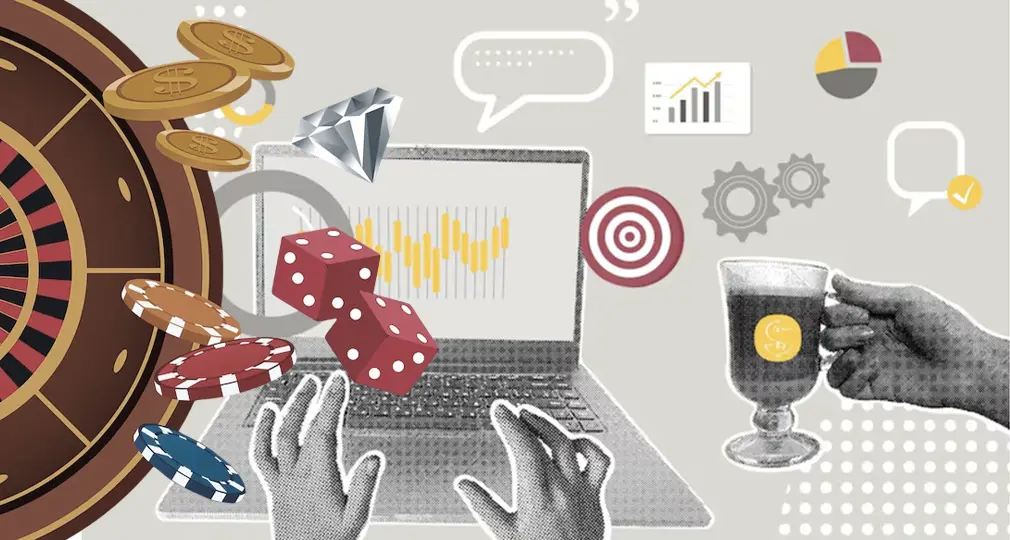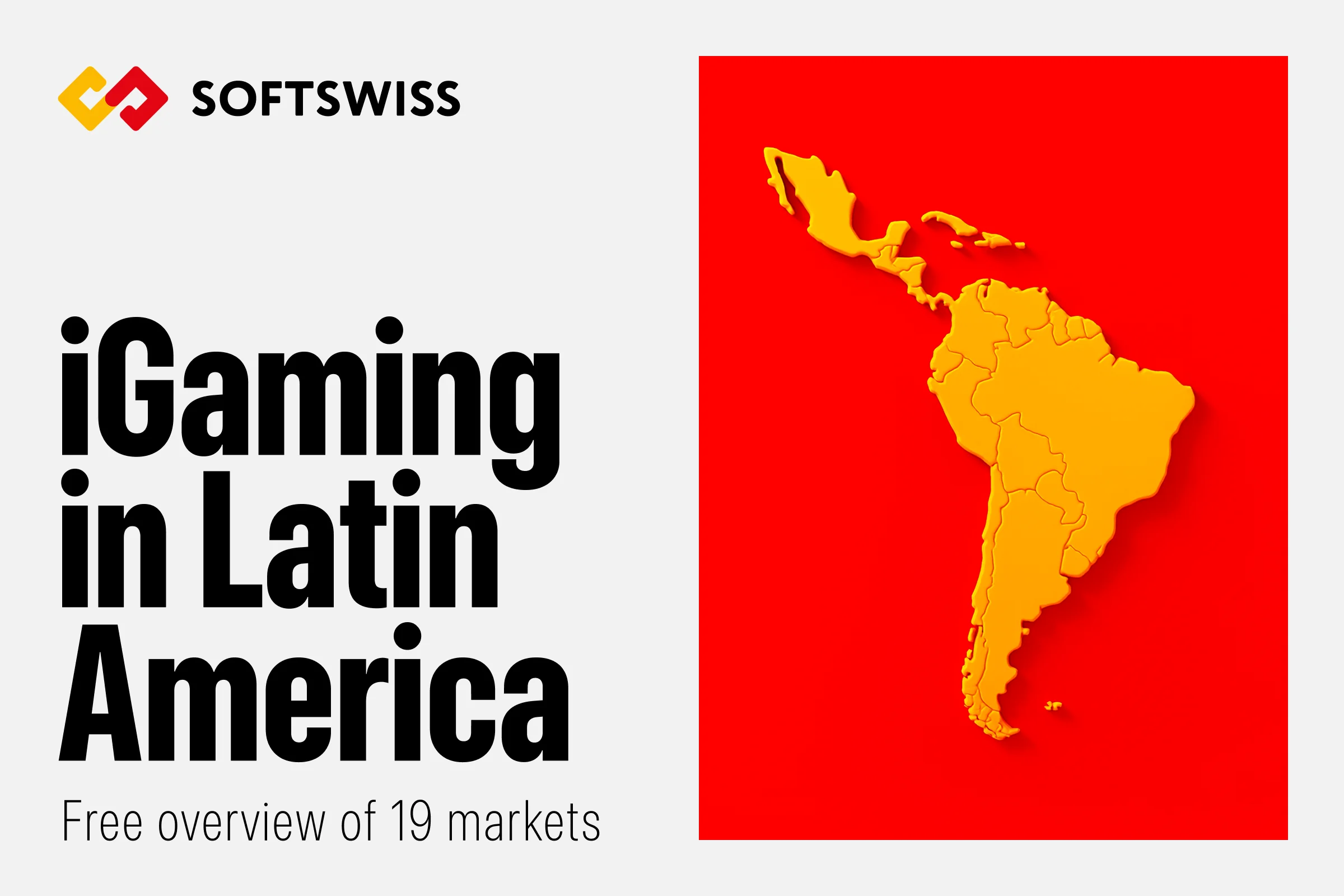Blockchain, DeFi, tokens, Bitcoin, PoS, DApp are the words that are on everyone’s lips, thanks to the hype around cryptocurrency and related technologies.
Although the topic of blockchain is much discussed in many cryptocurrency news and articles, there is always a necessity to find out what experts think about it.
Jane Thomason, Founder at Supernova Data and expert in blockchain, DeFi, and frontier technology for social impact, has discussed the influence of blockchain on various verticals as well as the future of cryptocurrency.
How is blockchain transforming the payments sector nowadays?
Blockchain technology is challenging payments by addressing gaps including access, speed, transparency and transaction costs. Its perceived potential to disintermediate banks is considered game-changing for cross-border transactions.
COVID-19 is exposing the urgent need for more progress in low-cost, direct digital transfers. Blockchain has the potential to be a catalyst for digital financial services as governments need to look to the digitalization of payments and other services to minimize the devastating impact of the crisis on those most vulnerable, as well as to keep its economy afloat. Using blockchain technology to transform payment systems and reduce the cost of remittances will positively impact investment, economic growth, education, health, financial inclusion, and promote economic development and welfare as countries recover from the economic consequences of the pandemic. Many of these solutions are already being used across the developing world.
The positive potential value of stablecoins is being seen in emerging economies and for populations under threat. Think of people who are watching the value of their hard-earned savings erode, and citizens of countries like Venezuela and Lebanon watching their currencies nose-dive. Think of how COVID-19 has exposed the urgent need for low-cost, direct digital transfers.
Stablecoins carry the potential to facilitate secure and convenient transactions without volatility, at a lower cost than mobile money, held in a wide variety of non-bank wallets. This is badly needed as global remittances, a critical development finance flow, have fallen during the pandemic due to job losses for migrant workers. Remittances are expected to see the sharpest decline in recent history, falling by 19.7 percent to around US$445 billion in 2020, compared to US$554 billion in 2019.
Developing countries are already embracing crypto. The 10 top countries with users of cryptocurrency globally, include Kenya, Nigeria and South Africa, Venezuela, Colombia, and Vietnam. Chainanalysis also reports a trend of consumers in Latin America, Africa, and East Asia turning to crypto in order to preserve savings they may otherwise lose to economic turbulence.
Decentralized finance (DeFi) contracts surged 40x to $83 billion at the end of December 2020, from $600 million in January 2020, and continue to rise. Automation is the game-changer in DeFi as blockchains enable the creation of “smart contracts” that can self-execute once certain criteria have been met, eliminating the need for middlemen. DeFi basically decentralizes traditional financial services. Who and what gets regulated? It’s a global 24/7, borderless market. Regulators need to get their thinking caps on and learn to audit code! This is a whole new ball game.
Except for payments, what are other verticals where blockchain can be used and bring improvement and innovation?
Blockchains are being applied in a large range of verticals There are several international governments using blockchains to introduce operational efficiencies and social transformation. Blockchain in urban environments supports smart cities and countries, like Dubai and India are already implementing them to great effect. Blockchains are used to improve healthcare, improve agricultural supply chains, track provenance, improve access to education and credentialing; to promote socio-economic inclusion and equality, to provide digital identity and individual safety. The humanitarian community also sees the potential and has been pushing the boundaries on blockchain to improve the effectiveness and efficiency of humanitarian interventions.
Good Dollar is working on a Universal Basic Income initiative, and Electroneum is focused on empowering people in emerging economies by providing them with the tools they need to earn a living from the digital economy. In the Philippines, Axie Infinity a Play-to-Earn NFT Gaming project shows how people are playing games to earn to meet their basic needs. The world of work and earning a living is changing!
In your opinion, why is cryptocurrency surrounded by such hype? Do investors consider it a reliable digital asset or an opportunity to raise money?
The originators of blockchain were libertarians and anarchists who reacted to the global financial crisis and wanted to invent a way to disrupt governments and banks, and inhabit the dark web. They gave way to a surge of blockchain maximalists in 2016/2017, the epicenter of the ICO boom, when people literally raised billions, sometimes on no more than a flimsy whitepaper and a futuristic dream.
Skeptics believe blockchains are overhyped and present too few use cases to be considered of any practical value. At the midpoint of these opinions are the entrepreneurs, small businesses, and non-government organizations, quietly establishing successful proofs-of-concept across multiple sectors. The recent moves of institutional investors to digital assets underscores the growing confidence in this new asset class.
Why does DeFi attract investors? When will the demand for it reach its plateau?
Decentralized finance, or DeFi in short, is a new financial infrastructure powered by blockchain technology that functions without any intermediaries. DeFi brings about a paradigm shift in the financial services industry posing a threat to legacy systems in every possible way – from everyday banking, borrowing and lending, trading, engineering sophisticated financial instruments, to asset management.
Since the Summer of 2020, the DeFi market has grown by 40 times, with the Total Value Locked currently standing at $61B. Stablecoins, one of the major pillars of DeFi, almost quadrupled in the first half of 2021 to $112 billion.
DeFi has opened up new avenues for crypto investors to make money besides speculating on volatile prices of their crypto assets, leveraging a strategy called “yield farming”. Yield farming uses automated marketing, decentralized exchanges, and lending protocols as two main pillars, and this can entail staking cryptocurrencies, providing liquidity to a pool in a decentralized exchange, staking the LP tokens, or providing liquidity to lending protocols. Users are incentivized to lock in their tokens or to provide liquidity, and this behavior is rewarded with attractive APYs and sometimes with fresh new tokens, thus “yield farming”.
DeFi is one of the fastest-growing and most innovative sectors in the digital assets ecosystem. Chainanalysis recently published its Global DeFi Adoption Index and found that DeFi adoption is strongest in high-income countries that already have high crypto usage, especially among traders and institutional investors, including the US, UK, China, Vietnam, and several Western European nations. The data show that large transactions make up over 60% of DeFi activity, suggesting that DeFi is disproportionately popular for institutional investors.
What are DeFi’s current and future trends?
The DeFi market is hot. In the latest Novum Insights, there are some recent highlights:
- In terms of TVL, the StableSwap protocol Curve leads the DEX market with $9 billion in liquidity. Hot on its heels, Uniswap (V2 and V3 combined) boasts $6 billion in liquidity.
- Sushi has made waves allowing users to cross-different networks – Ethereum, Polygon, xDai, Fantom, and more. In less than two months of going live on Polygon, almost $630 million in liquidity moved onto Polygon SushiSwap.
- According to the FDIC, the average interest rate for savings accounts in the US stands at 0.04% APY. Lending out stablecoins on major DeFi lending platforms gives 2-3% APYs.
- Tether dwarfs the rest of the stablecoin market with its $62.8 billion market capitalization. However, there are numerous stablecoin projects growing at a faster pace than Tether. In the first half of 2021, Tether’s supply grew by 200%. USDC grew by 540%, GUSD grew by 1400%, BUSD, and Terra UST grew by 950%.
- Axie Infinity’s native token AXS has shown an eleven-fold growth in terms of market capitalization in the first half of 2021.
DeFi, being peer to peer and not using a centralized exchange, shares similarities with over-the-counter (OTC) trading markets. The migration of derivative trading to DeFi-style exchanges could catapult blockchain technology from a “fringe” technology that some claim it is, to be taken seriously as a must-have technology.
DeFi is in an exciting experimental phase, but investors need to look into the project’s tokenomics, team experience, partnerships and roadmap, market sentiment, and remember that smart contracts can be attacked. Even if they are audited, it does not give you a guarantee that it will be exploit-free.
Is it possible that the current huge interest in digital currency will wash down the significance of fiat currency globally in the nearest future?
There is a battle royale incubating at the moment in relation to the future of the global (fiat-backed) financial system. In one corner, we have the US, which has been the center of the global monetary system since Bretton Woods. In another corner, we have China, which has launched the digital yuan and who understands that whoever holds the key to science and technology innovation wins, and has leveraged into more than 100 Belt and Road countries for the digital yuan. In the third corner, we have Facebook who caught global regulators and central banks by surprise with their announcement of “Libra” (now called Diem) the challenge of a “private currency” to the global monetary system. Facebook has approximately 2.6 billion active monthly users worldwide, many of whom would probably be quite happy to use a new, convenient payments mechanism.
This poses a huge threat to national sovereignty. There would be potential for such massive movements of the underlying currency components of Diem that it could shift entire currencies, creating risks around monetary policy and sovereign control of national currencies, and central banks would see their influence over monetary policy and sovereign control of national currencies at risk. In the fourth and final corner are the technologists and innovators, who want to overthrow the global financial system and create an abundant peer-to-peer distributed future.
Balaji Srinivasan succinctly puts it: Act 1 is the virus crash; Act 2 is the economic crash; and Act 3 is the crisis in our institutions. How that plays out is anyone’s guess, but it’s unchartered territory that’s for sure.
What is your prognosis for the cryptocurrency industry in 2022?
The pandemic has provided a veritable petrie dish for blockchain. We have seen a rapid pivoting and proliferation of blockchain use cases during the pandemic, including:
- information exchange for pandemic prediction and pandemic tracking;
- case finding;
- treatment and drug development;
- supply chain integrity and provenance;
- remote care, payments, and philanthropy.
I expect these will continue and grow. We have also seen the stunning growth of crypto, DeFi, NFTs, and gaming as people at home have tried to earn a living by trading or gaming.
Regulators are on the move. Their concerns tend to be around the volatility of crypto markets as contrasted with government-backed fiat currency, the nature of their use in connection with illicit or illegal activities, the unregulated nature of cryptocurrency exchanges, and the absence of legal recourse in the event of any financial loss incurred. In the heady NFT markets, there is a lot of activity, confusion, and large crypto transactions, expected to stimulate regulators to create limits for big money moves in NFTs to prevent money laundering. Regulators are on a learning curve, decentralized, disintermediated, and borderless blockchain networks challenge regulators.
Overall, the prognosis is strong and the market is maturing. We will see more growth, more institutional investment, improved user experience, more innovation, and more regulation. I have always been of the view that gaming will be a continued path to the wider adoption of blockchain.
Read more: Best Gambling Payment Providers












